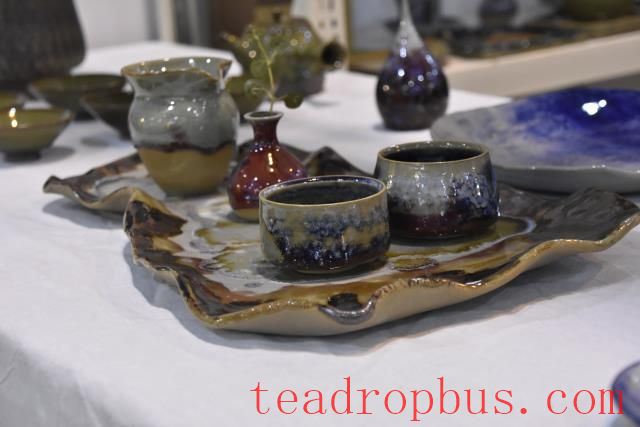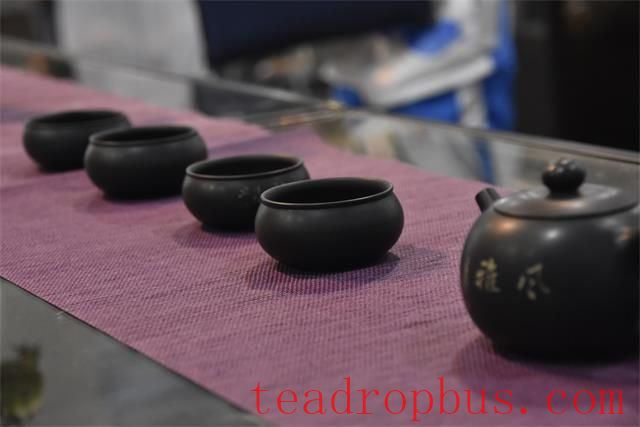After Chinese ceramic art and Tea were introduced to foreign countries, changes occurred both in the external form and the cultural essence of tea wares.
The following is an excerpt from Chapter Five of _Tea Fun in Variegated Colors: The Spread of Chinese Tea Abroad and Tea Affairs in Foreign Countries_ by Yu Yue (published by Guangming Daily Press in August 1999).

The Chinese tea tasting art has always placed great importance on tea ware. As early as during Lu Yu's time, he meticulously designed twenty-four utensils suitable for brewing and savoring tea, where the process of using these utensils was itself an enjoyment of creating broth and beauty. Ancient Chinese tea ware was not complex for the sake of complexity; rather, it primarily served to express certain philosophical ideas. Even a small lidded teacup, with its lid representing “heaven,” its saucer “earth,” and the cup itself “humanity,” embodies the ancient philosopher's concept of “heaven covering, earth supporting, and humans nurturing.”

Chinese Teapots and Teacups were first taken abroad by Dutch ships transporting tea. They later became models for countries such as the Netherlands, England, France, and Germany. In 1650, the famous Delft potter, Keiser, first imitated the Chinese style, producing tin-glazed and decorated tea ware called “faience,” similar to Chinese celadon porcelain. The clay body was made from light yellow clay and after the first firing, immersed in white tin glaze. After underglaze painting, a layer of transparent lead glaze was applied before the second firing. By the mid-17th century, complete tea sets appeared. Some manufacturers of “faience” in France and Germany often passed off their products as Chinese tea wares. During the mid-18th century, potters in Denmark, Sweden, and Norway continued to produce “faience.” Many examples of this early European Teapot still exist today.
In 1710, the famous Meissen potter, Bottger, produced true porcelain teapots and cups that were distinct from those of China and Japan, known as Dresden porcelain. His factory remained in operation until 1863. In 1761, King Frederick the Great of Prussia hired workers from Meissen to establish a royal porcelain factory in Berlin. Porcelain produced in Berlin today is similar to Meissen products. The sets of tea ware produced in the Netherlands, Denmark, and Sweden are all considered to be in the “German style.” France produced special translucent pearl porcelain. Several porcelain factories in Vincennes mass-produced imitations of Japanese Imari tea ware, and over time, the appearance and design of tea ware evolved. Sèvres porcelain is renowned for its base colors, including deep blue, Rose, pea green, and apple green.